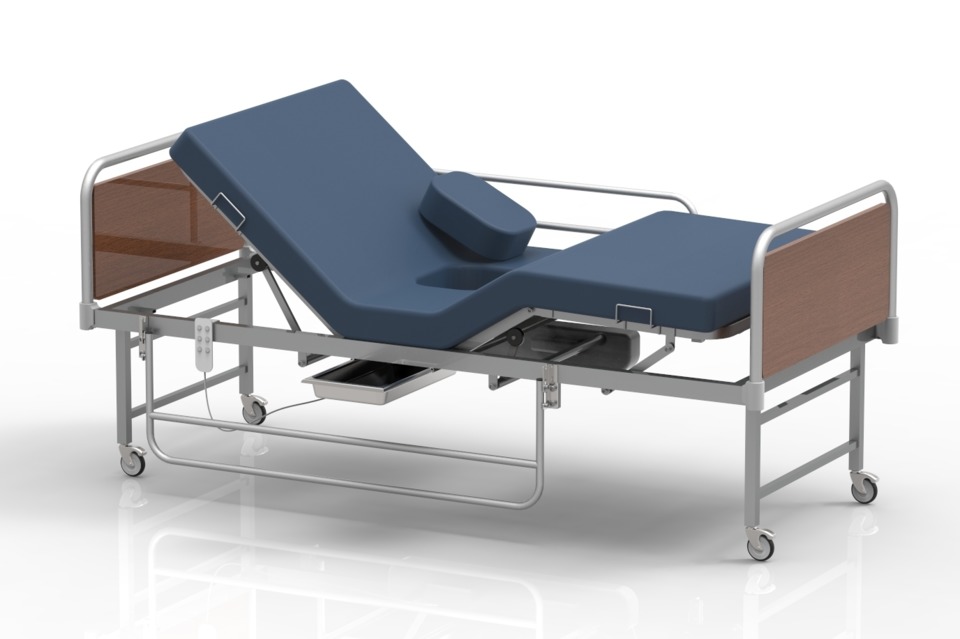Artificial Airway Safety - What Patients and Families Need to Know
By patientbed 1 Comments

Long term acute care facilities ( LTAC's) in many ways are like hospitals: they care for critically ill patients who sustain strokes, brain injuries, and other serious conditions. Frequently these patients are transferred to LTAC's artificial airways in place, such as an endotracheal (ETT) or, more commonly, a tracheostomy tubes. Because these patients are ventilator dependent, artificial airways are their "lifeline" for supplying oxygen to their vital organs. If artificial airways are dislodged or compromised for any reason, brain damage or death can occur within a matter of minutes.
LTAC's must have clear guidelines in place as to how staff will respond to airway emergencies. However, in our experience, some LTAC's give little thought to preventing airways from being dislodged, while others are unprepared to provide safe emergency airway management when airways become dislodged.
PREVENTING DISLODGED AIRWAYS Airways can become dislodged during patient turning or repositioning when staff causes excessive tension on the airway tube or the ventilator tubing (which connects the airway tube to the ventilator). Surprisingly, some LTAC's allow nurses' aides to turn artificial airway patients without supervision of a nurse or respiratory therapist (RT). Whether the LTAC has a written policy mandating the presence of a nurse or an RT during patient turns is a crucially important question for patients' families to ask LTAC staff. If there is no such policy, it is a red flag that the LTAC has not adopted a "prevention first" mentality to patient airway safety.
Equally important is whether the LTAC has a written policy requiring staff to post signage that a patient's tracheostomy is "fresh" or new, commonly defined as one that is 7-10 days old. If a fresh trach becomes dislodged, it is a medical emergency requiring immediate action to restore an open airway and provide life sustaining oxygen. Some LTAC's have written policies requiring "fresh trach" signage to be placed above the patient's bed as an additional warning to staff. Lack of mandatory signage is another red flag that the LTAC does not fully appreciate the hazards associated with these vulnerable airways.
RESPONDING TO AIRWAY EMERGENCIES "Airway management" is the process of ensuring that a patient has a patent or open airway for life sustaining oxygen. When any airway becomes dislodged, staff must act immediately to restore or open the airway. Obvious questions to ask staff are: Who are the first responders to any airway emergency? Does the LTAC have an in house physician to respond to an emergency at all times, or is troubleshooting this emergency delegated to in house RT's? If RT's are the designated first responders, are they trained and competent to intubate patients - one of the most fundamental aspects of airway management? See here hasta karyolası
Intubation is the process of inserting a breathing tube into a patient's mouth or nose and into their upper airway in order to provide oxygen to the lungs. Surprisingly, some LTAC's do not train their RT's to intubate, even when there is no physician-responder available on site.
LTAC emergency response protocols are even more critical when a fresh trach becomes dislodged. The surgical hole or "stoma" in the trachea created by the original tracheostomy surgery will close rapidly if the tube is dislodged, because the hole has not matured. A serious risk of re-inserting any trach tube is misplacing it into the tissues surrounding the patient's trachea, known as "false passage" placement. This results in forcing oxygen into the patient's face, neck, and chest instead of the lungs, and is a serious and life threatening complication.
